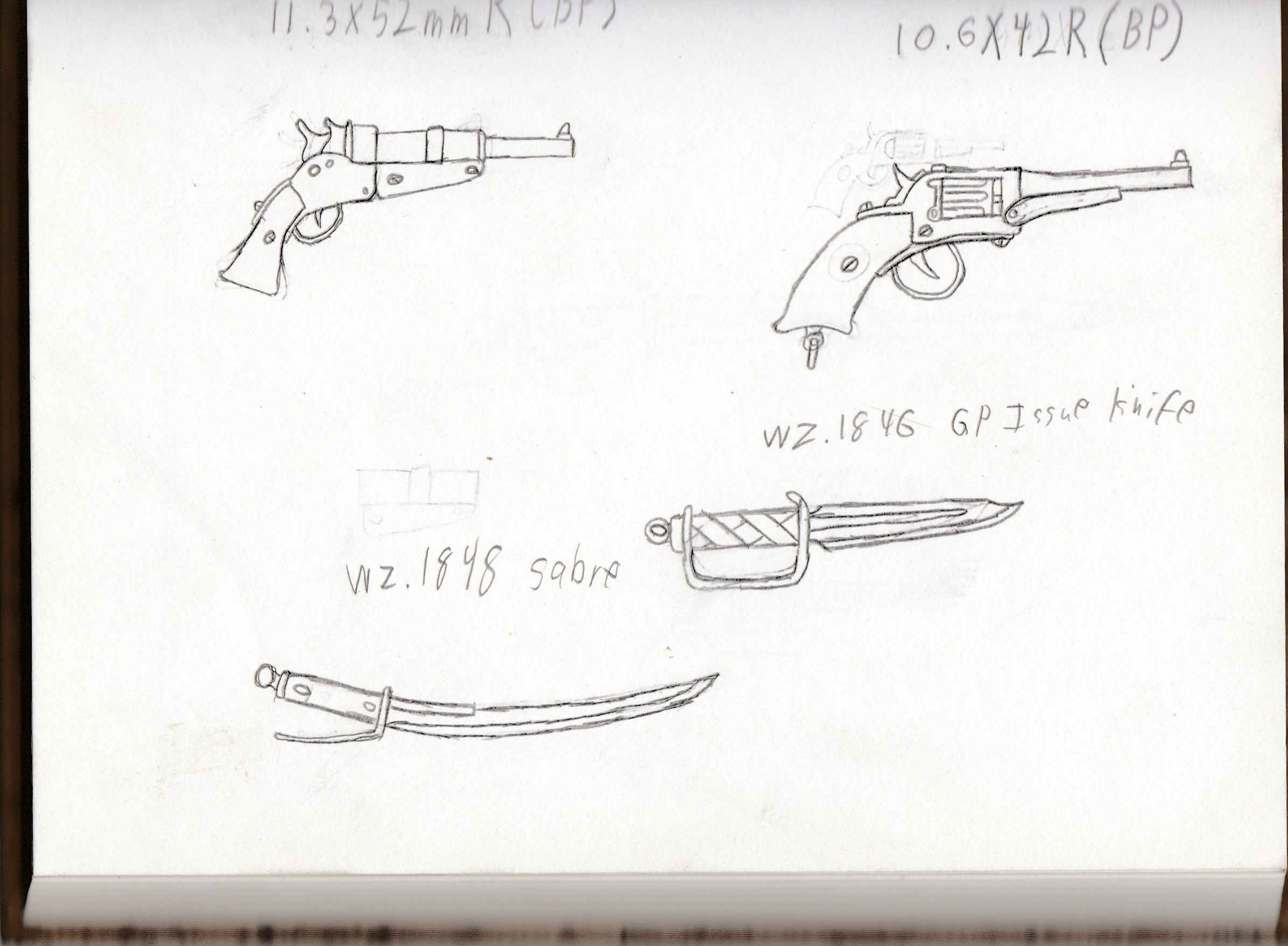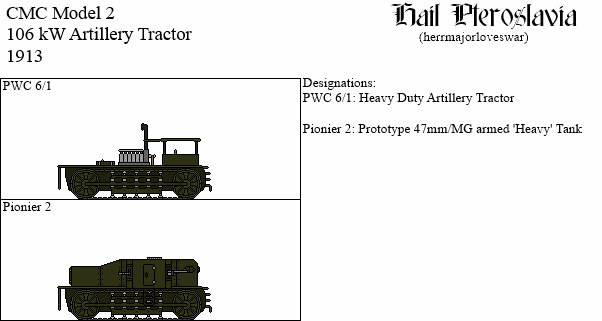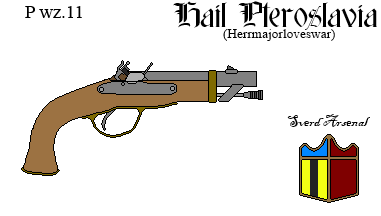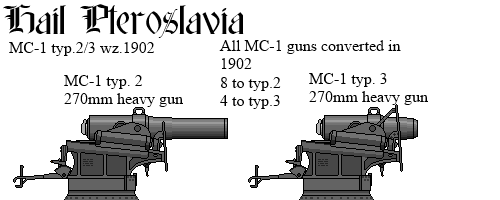HOME | DD
 PteroslaviaForever — Sketchbook I
PteroslaviaForever — Sketchbook I

Published: 2016-06-04 23:48:30 +0000 UTC; Views: 472; Favourites: 3; Downloads: 2
Redirect to original
Description
Sketchbook drawings, 06/02/2016 (Drawings not completely to scale)Top Left: 11.3mm Pistolet wz.57: 11.3x52mmR (Black Powder) caliber early rolling block (Janoseic Breech, 1853) Designed by Aldabert Janoseic, a ZNwW engineer based on the simple rolling-block breech he had patented 4 years before. The Navy made offers to him for it, but, he was not able to secure the capacity to build enough for them, so, he sold the design to the Warsaw Armory and 3,200 were built between 1857 and 1874. Due to its design, it proved to be accurate and robust.
Top Right: 10.6mm Pistolet wz.54: 10.6x42R (BP) caliber revolver produced for the Pteroslavian Army by the ZNwK (Konigsberg National Armory) Due to some alleged patent infringement on American designs, Production was suspended with only 300 made in 1854 until an agreement was reached and production was resumed in 1856 with some slight improvements to the design (wz.54/56, the model pictured here) It utilised a loading gate with a latch and a lever to push out the used cases. 300 wz.54s and 1,500 wz.54/56s were made in total.
Bottom Right: wz.1846 General Issue Knife: Designed both as a fighting implement and a tool, the wz.46 knife was issued to artillerymen, engineers, and other auxiliary troops in lieu of a bayonet. It commonly had a 355.6mm(14 in) blade, though models for engineers could reach up to 584mm (23 in) in blade length. It was single edged and had a heavy blade construction. Knives of this kind were built between 1846 and 1859, though they were issued and in use until the 1870's in Pteroslavian colonial and auxiliary units.
Bottom Left: wz.1848 Sabre: Originally designed for infantry officer use, the wz.48 quickly fell into a purely ceremonial use, with officers preferring to keep their sidearms and sword-style bayonets. Approx. 700 were made between 1848 and 1852, with only 200 built to combat specifications. The remaining 500 were built using gold, silver, and other non-combat materials to be used as rewards, and given alongside medals and awards. One was specially built for the King Augustin Toryyg upon his coronation in 1853, which is still passed on to each new King to take the throne.

























